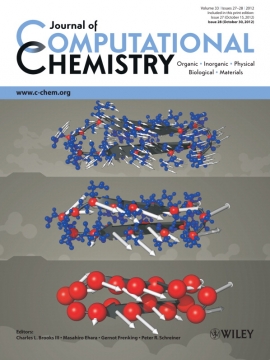
Abstract
Dimension reduction is often necessary when attempting to reach longer length and time scales in molecular simulations. It is realized by constraining degrees of freedom or by coarse-graining the system. When evaluating the accuracy of a dimensional reduction, there is a practical challenge: the models yield vectors with different lengths, making a comparison by calculating their dot product impossible. This article investigates mapping procedures for normal mode analysis. We first review a horizontal mapping procedure for the reduced Hessian techniques, which projects out degrees of freedom. We then design a vertical mapping procedure for the “implosion” of the all-atom (AA) Hessian to a coarse-grained scale that is based upon vibrational subsystem analysis. This latter method derives both effective force constants and an effective kinetic tensor. Next, a series of metrics is presented for comparison across different scales, where special attention is given to proper mass-weighting. The dimension-dependent metrics, which require prior mapping for proper evaluation, are frequencies, overlap of normal mode vectors, probability similarity, Hessian similarity, collectivity of modes, and thermal fluctuations. The dimension-independent metrics are shape derivatives, elastic modulus, vibrational free energy differences, heat capacity, and projection on a predefined basis set. The power of these metrics to distinguish between reasonable and unreasonable models is tested on a toy alpha helix system and a globular protein; both are represented at several scales: the AA scale, a Gō-like model, a canonical elastic network model, and a network model with intentionally unphysical force constants. Published 2012 Wiley Periodicals, Inc.
